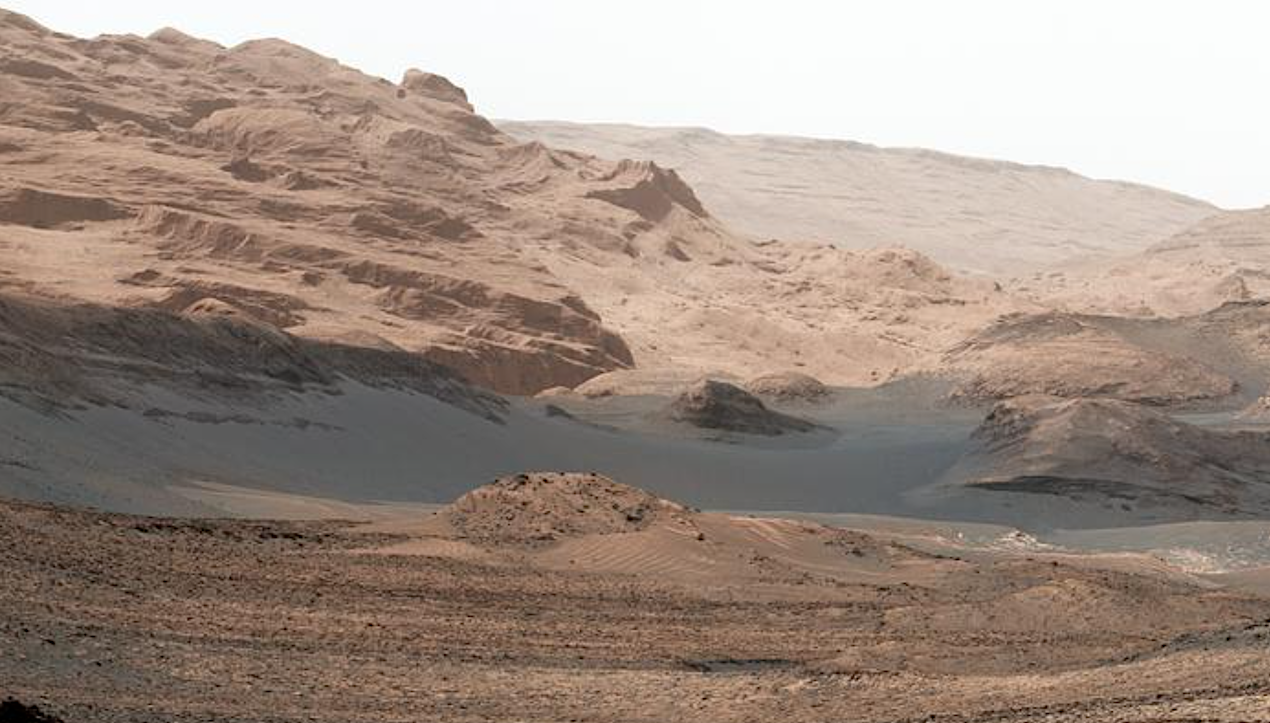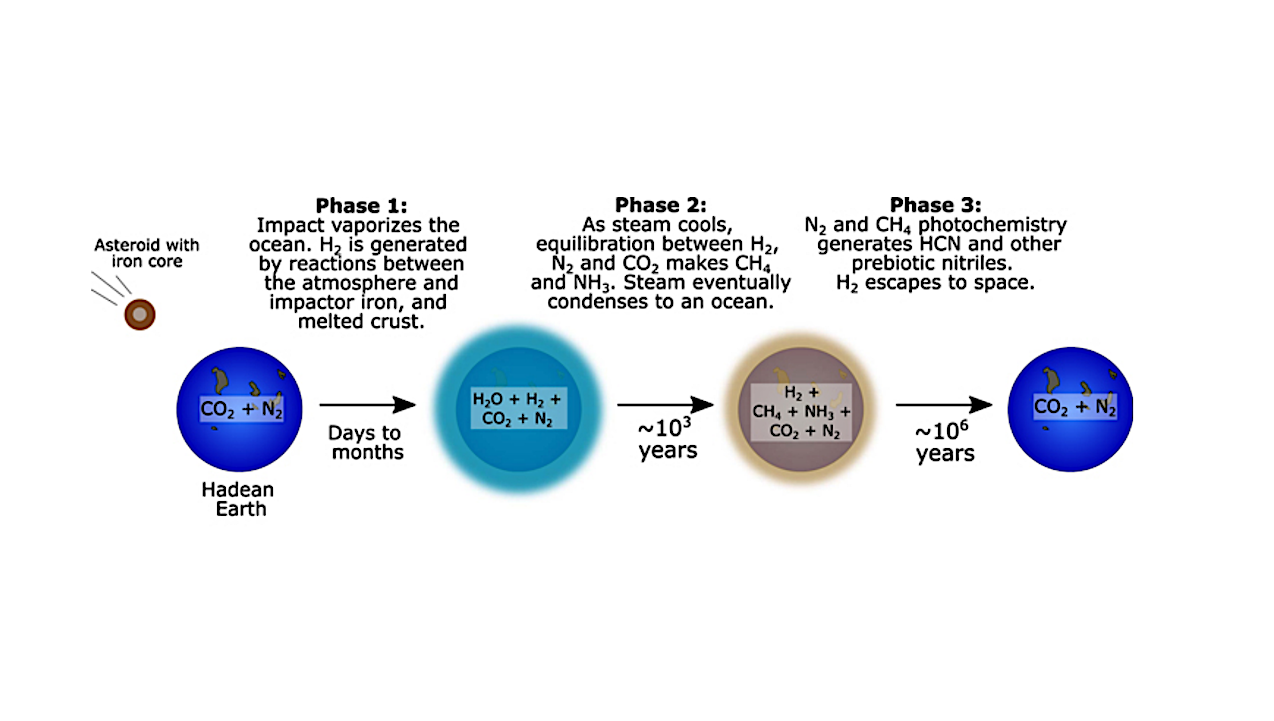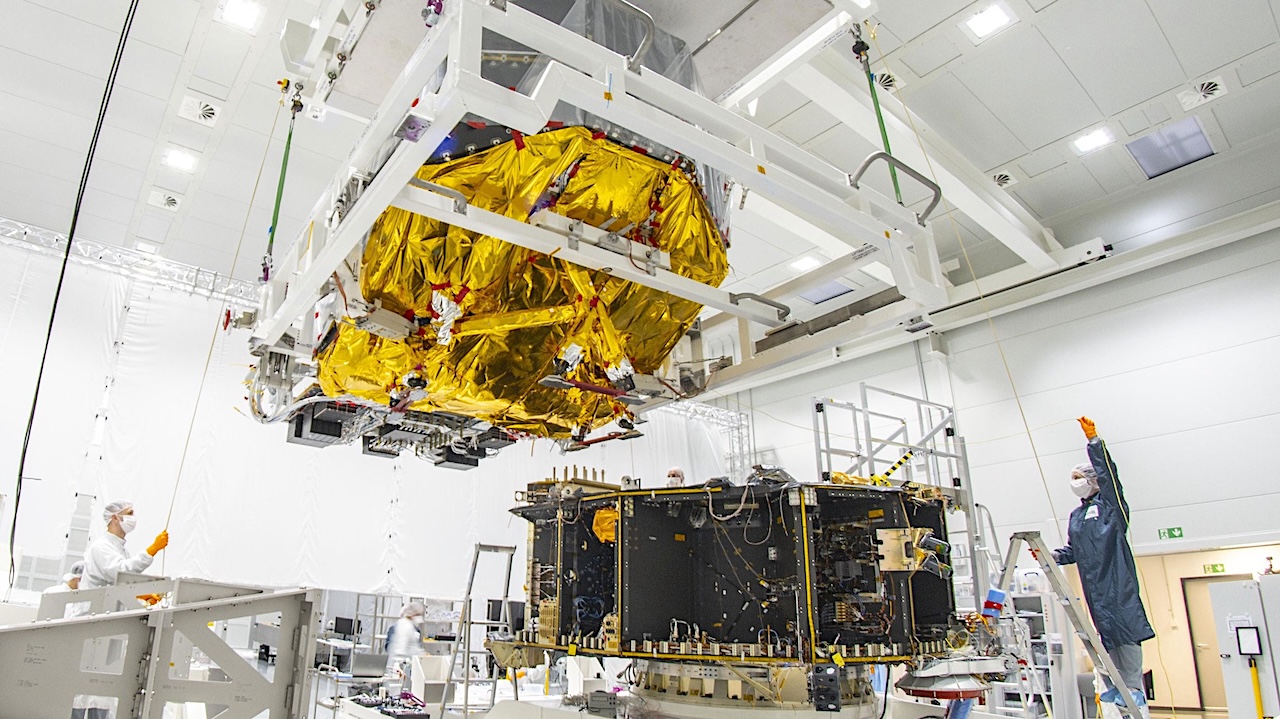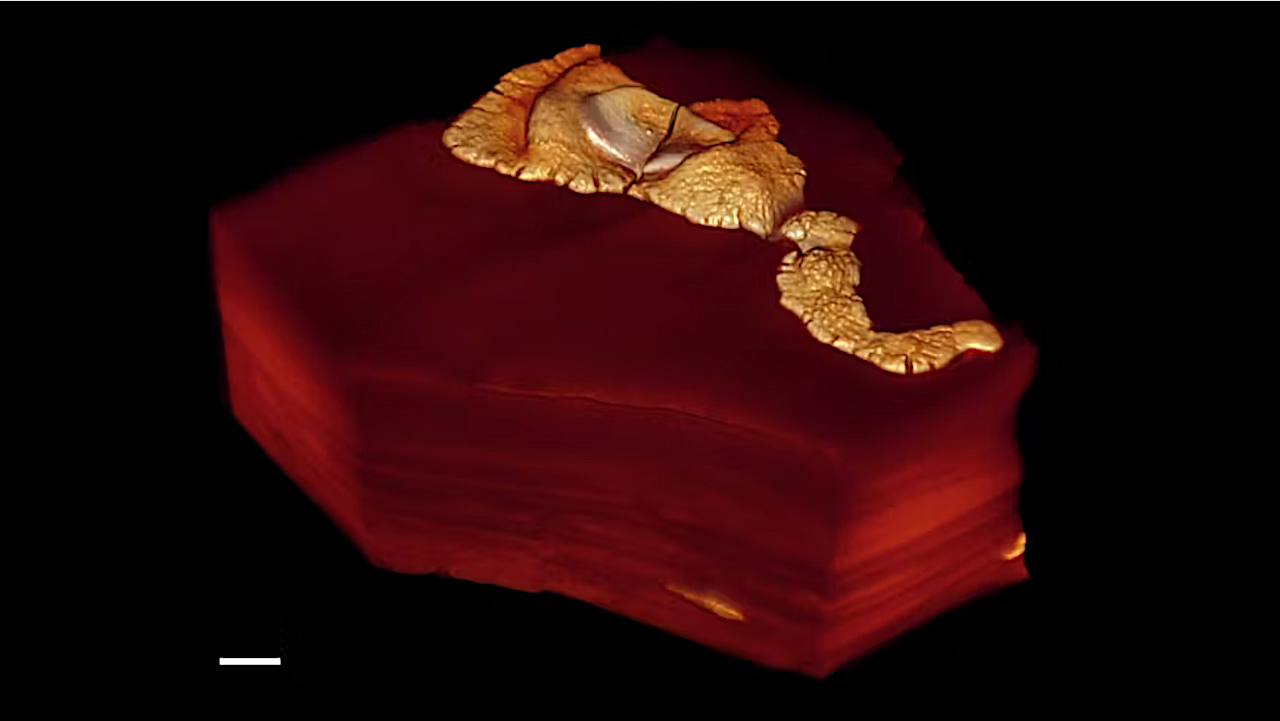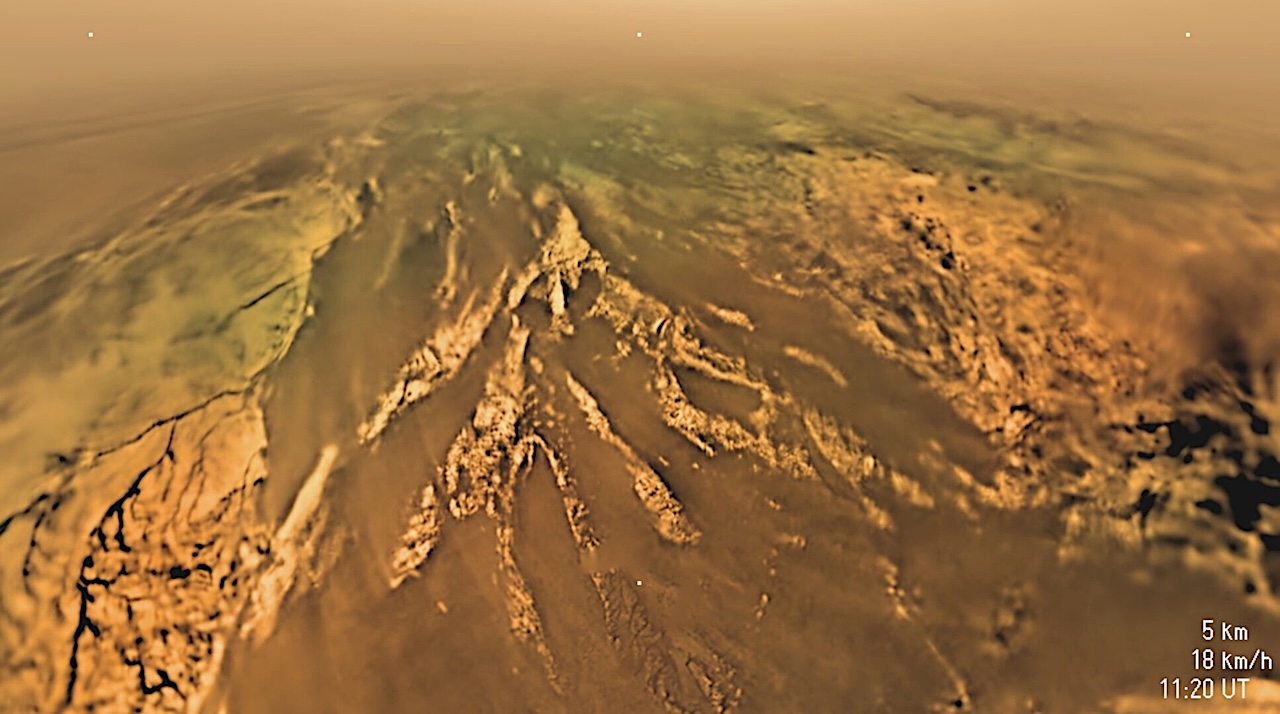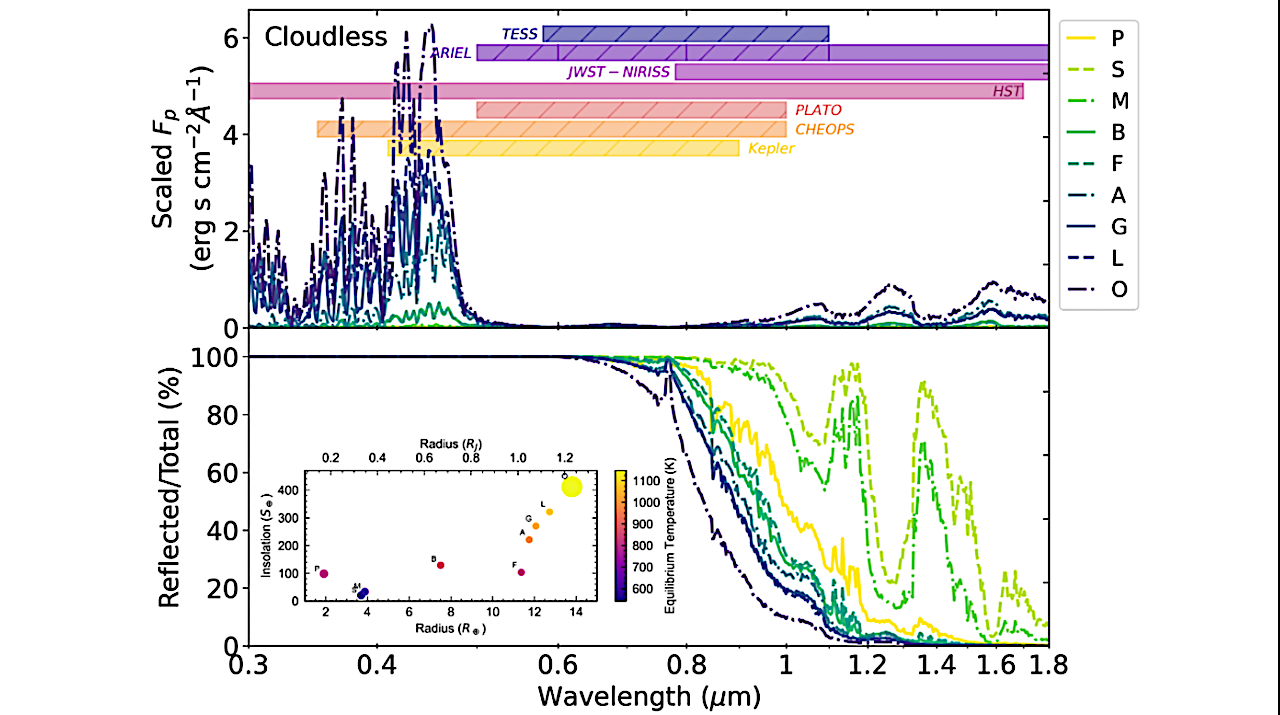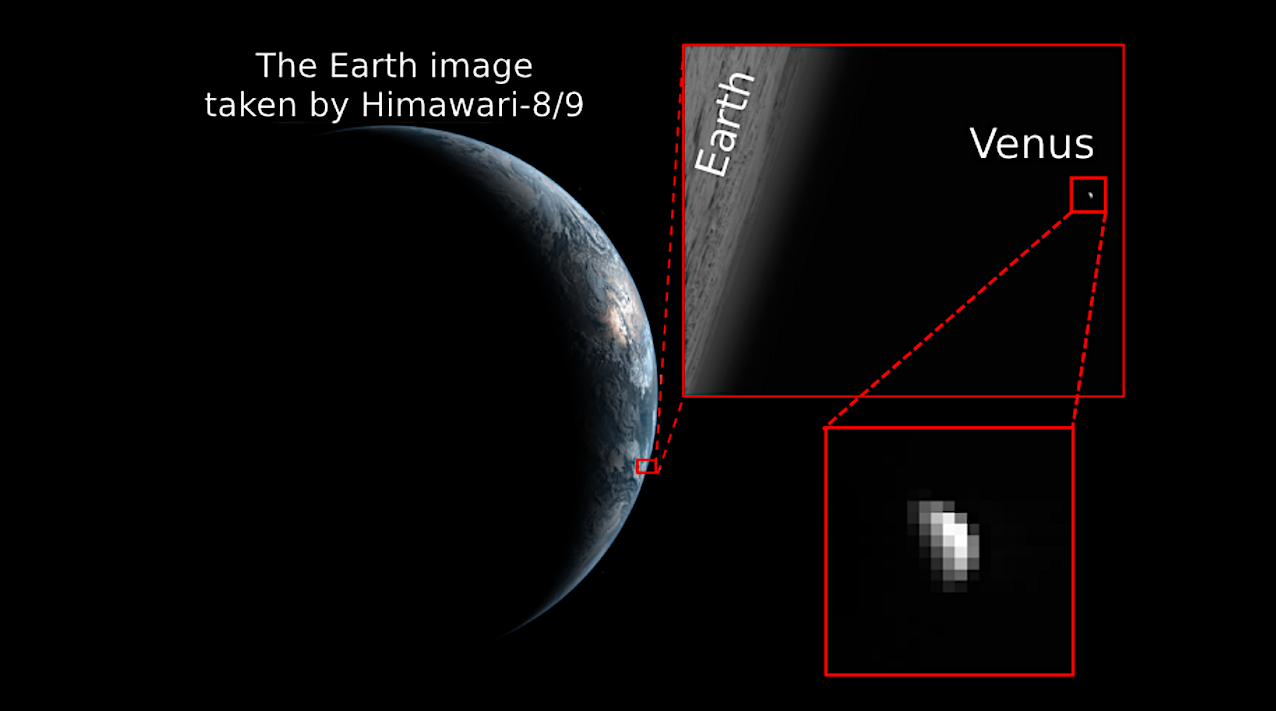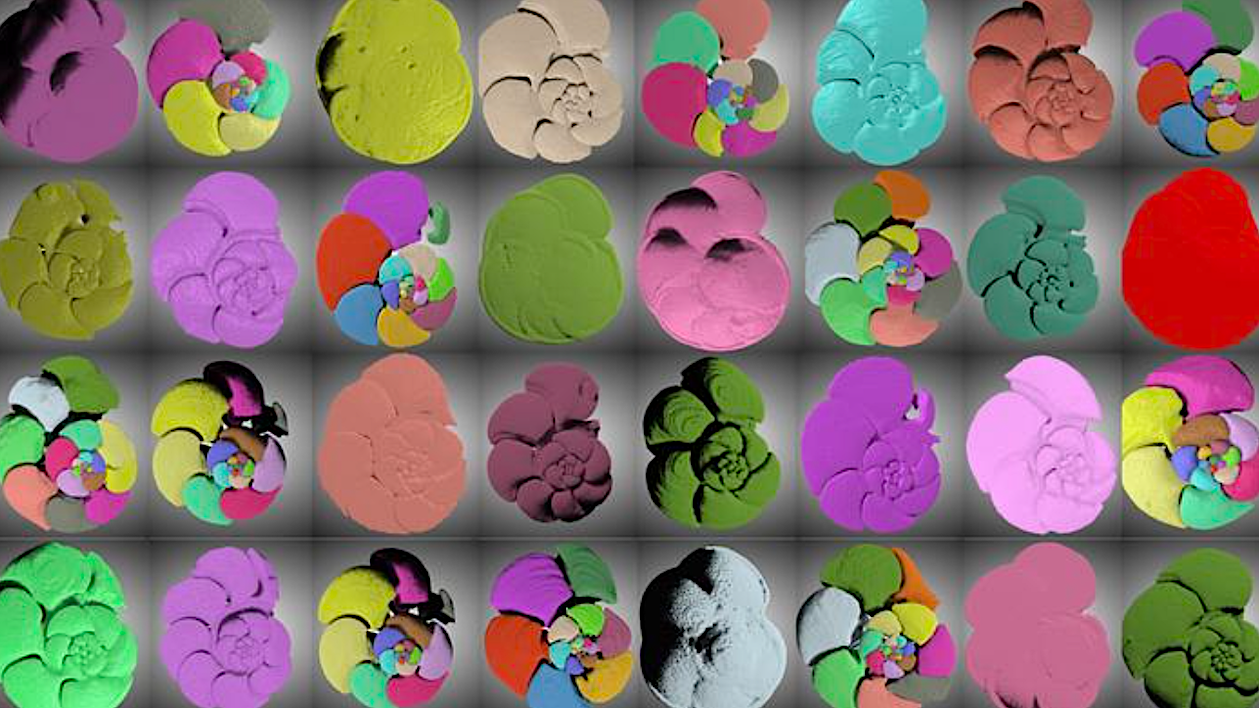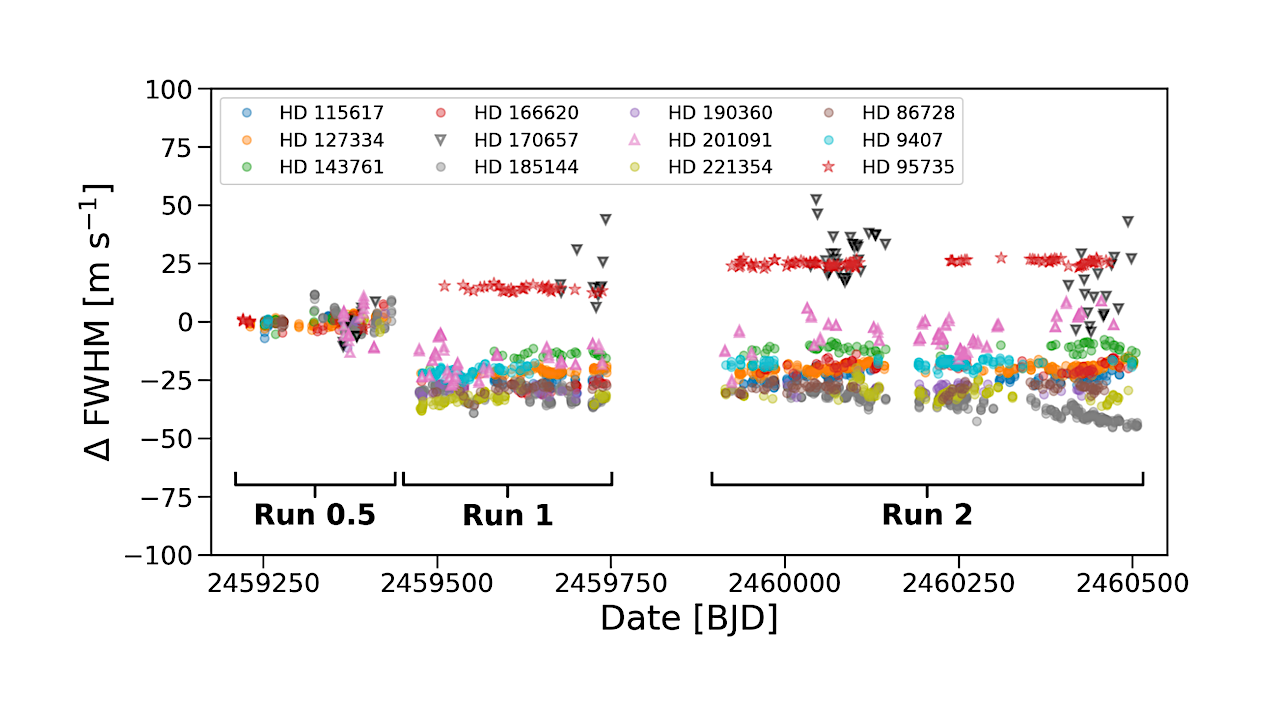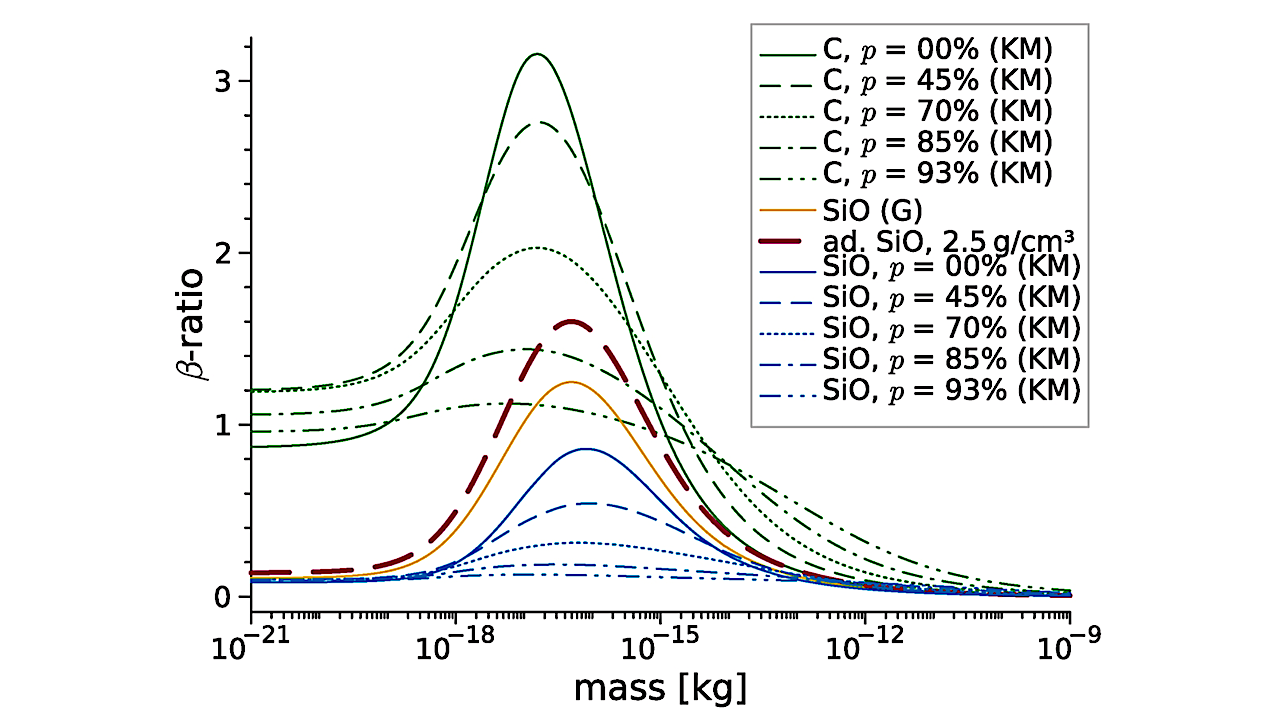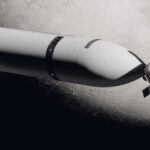NASA’s Curiosity rover captured this photo as it ascended the Martian mountain Mt. Sharp. A study proposes a new explanation for why Mars is a barren desert today, despite having
Astrobiology78- Page
Schematic of the post-impact scenario for prebiotic atmospheres (Genda et al. 2017; Zahnle et al. 2020; Wogan et al. 2023). In this scenario, reducing power is delivered to the surface-atmosphere
In the clean room – PLATO in OHB’s integration facility – The ‘optical bench’ with its 26 cameras is lifted onto the service module of the spacecraft. The service module
A 3D image obtained by X-ray microtomography of a macroscopic multicellular organism dated to 2.1 billion years ago (Francevillian Basin, Gabon). Scale bar = 1 cm. Credit Arnaud Mazurier and
On 15 October 1997, NASA’s Cassini orbiter embarked on an epic, seven-year voyage to the Saturnian system. Hitching a ride was ESA’s Huygens probe, destined for Saturn’s largest moon, Titan.
To understand where the measured flux from the planet is coming from we need to capture both reflected and thermal components of the light from the planet. This requires broad
Venus as seen by Himawari satellites. A photo with magnified sections to show just how small Venus is in the field of view of the observation satellites. Despite this limitation,
CT models of internal or external growth structures, as well as shell thickness, of individual foraminifera Credit University of Southampton Scientists at the University of Southampton have developed a new
Time series of relative FWHM measurements for all NETS stars with multiple nights of data collected prior to August 2021. We observe a sharp decrease in FWHM in August 2021
β-curves for amorphous carbon (‘C’, green lines, Kimura & Mann 1999), astronomical silicates (“SiO”, solid gold line, Gustafson 1994; and blue lines, Kimura & Mann 1999), and adapted astronomical silicates
-
 012024 in Review: Highlights from NASA in Silicon Valley
012024 in Review: Highlights from NASA in Silicon Valley -
 02Panasonic Leica Summilux DG 15mm f/1.7 ASPH review
02Panasonic Leica Summilux DG 15mm f/1.7 ASPH review -
 03How New NASA, India Earth Satellite NISAR Will See Earth
03How New NASA, India Earth Satellite NISAR Will See Earth -
 04And Thus Begins A New Year For Life On Earth
04And Thus Begins A New Year For Life On Earth -
 05Astronomy Activation Ambassadors: A New Era
05Astronomy Activation Ambassadors: A New Era -
06SpaceX launch surge helps set new global launch record in 2024
-
 07Space Force plans new ‘Futures Command’ amid pressure to speed up modernization
07Space Force plans new ‘Futures Command’ amid pressure to speed up modernization


